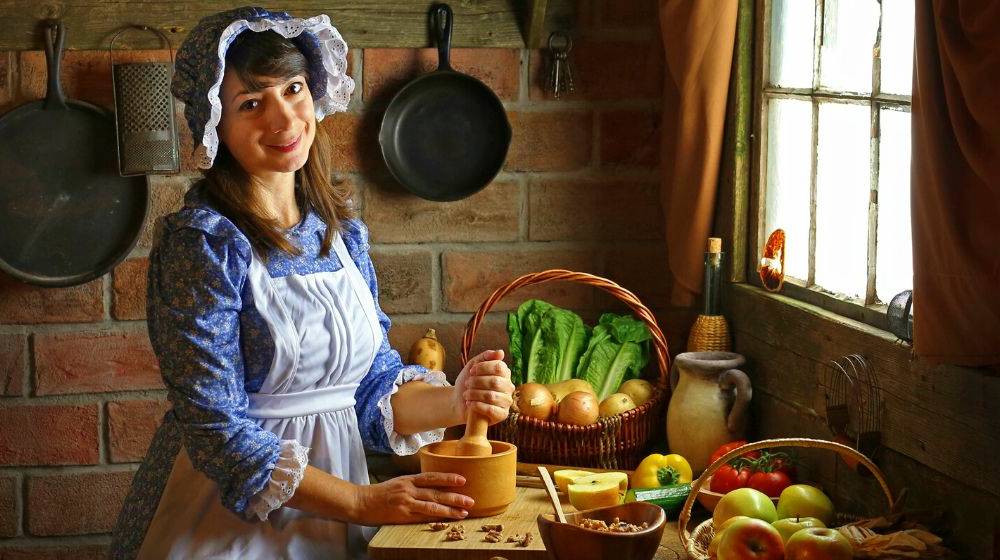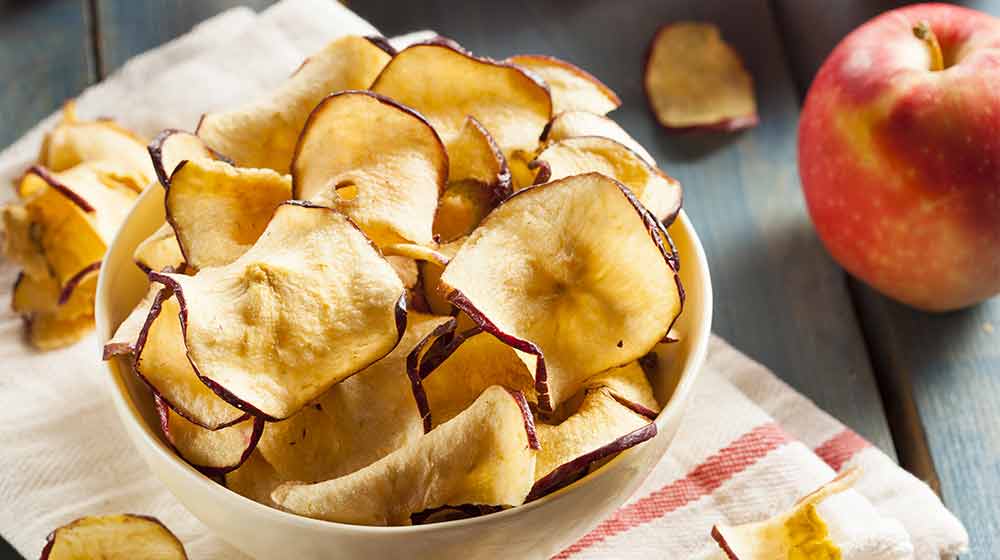Ever wondered how you can provide a comfortable and safe space for your furry friends? With our step-by-step guide, you’ll learn how to construct your very own rabbit hutch. Whether you’re a beginner or an experienced DIY enthusiast, this project is perfect for anyone who loves animals and wants to create a custom home for their rabbits.
Imagine the satisfaction of seeing your rabbits hop around in a hutch that you built with your own hands. No more worrying about cramped spaces or inadequate shelter. Our easy-to-follow instructions, complete with diagrams and templates, will guide you every step of the way. From designing the layout to ensuring proper ventilation and food storage, we’ve got you covered.
Understanding Rabbit Hutch Basics
Important Features for a Healthy Hutch
There are several important features you need to consider to ensure the health and well-being of your furry friends. One crucial aspect is ventilation. Proper airflow is essential to prevent the buildup of ammonia from urine and feces, which can be harmful to rabbits’ respiratory systems. Incorporating vents or mesh panels into the design will help maintain good air circulation.
Insulation is another key consideration, especially if you live in an area with extreme temperatures. Insulating the hutch will provide protection against both cold and hot weather conditions, keeping your rabbits comfortable throughout the year. You can use materials such as foam insulation or double-walled construction to create a thermally efficient environment.
The flooring of the rabbit hutch also plays a vital role in their overall health. Wire mesh floors are commonly used as they allow droppings to fall through, preventing rabbits from sitting in their waste. However, wire mesh alone can be uncomfortable for their feet. To address this, providing a solid surface within the hutch where they can rest is beneficial.
Space and security are essential factors in designing a healthy rabbit hutch. Rabbits need enough room to move around freely and engage in natural behaviors like hopping and stretching. The general rule of thumb is that each rabbit should have at least four times its length in living space within the hutch. Incorporating secure doors and latches will protect your rabbits from predators while allowing easy access for cleaning and maintenance.
Waste management systems are crucial for maintaining cleanliness within the hutch. Consider including removable trays or slatted floors that allow droppings to fall into a collection area below. This makes it easier to clean up waste regularly without disturbing your rabbits too much.
Selecting the Right Location
Choosing the perfect location for your rabbit hutch is essential for their comfort and safety. Start by considering the amount of sunlight exposure the area receives. While rabbits need some natural light, excessive direct sunlight can cause overheating. Opt for a spot that offers a balance of shade and sunlight throughout the day.
Temperature is another crucial factor to consider. Rabbits are sensitive to extreme heat or cold, so it’s important to select a location…



